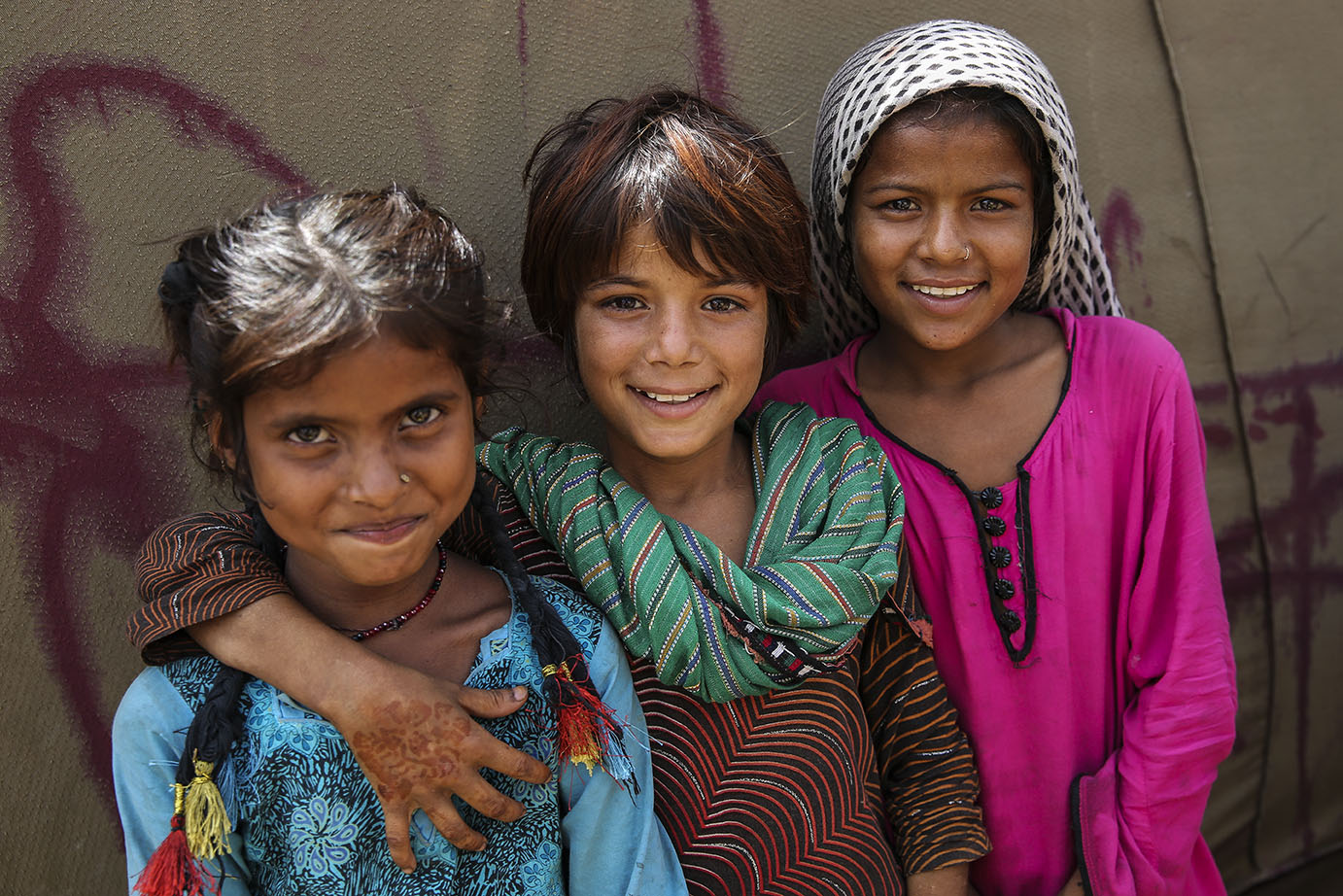Field Story
Ten must see global nutrition stories from 2023
December 18, 2023
Transforming the lives of women and adolescent girls through anaemia prevention
Action on anaemia reduction, especially for adolescent girls, is an international development opportunity waiting to be taken up.
Posted on May 25, 2017

This week health leaders are convened in Geneva for the World Health Assembly (WHA), where they will hear progress in some areas, but more action is needed to scale up nutrition interventions to address anaemia–the most off-track WHA target.
Malnutrition, like poverty, is sexist.
More than one billion women and girls today are malnourished, lacking the basic nutrition they need to survive and thrive. A direct result of this poor nutrition for millions of women and adolescent girls is anaemia – a condition mainly caused by low iron levels in which a person’s red blood cells are abnormal in size and low in number affecting the transport of oxygen in the body.
Anaemia and iron deficiency can lead to adverse cognitive and motor development, fatigue, decreased productivity and earning potential, and when it occurs in pregnancy, increased risk of low birth weight and maternal mortality. Iron deficiency is the most common and widespread nutritional disorder in the world, and iron-deficiency anaemia is the largest cause of disability adjusted life years for adolescent girls. Yet anaemia is often overlooked when it comes to the necessary global dedication of resources and political will for action.
Anaemia affects half a billion women of reproductive age and four out of ten pregnant women worldwide. Severe anaemia consigns millions of women and girls to impaired health and quality of life in addition to compromising the development of generations of children. Current efforts and investments are too few and modest to curb the trend – and at this rate, there is little hope to see the elimination of anaemia before 2130 – that is, 100 years well past the global target date.
Scaling up action on anemia is worth it.
In 2012, the world’s health leaders committed to halving anemia by 2025. Despite an increasing groundswell of attention and action on global nutrition, rates of anaemia are stuck and 98% of countries are off-track to achieve the target.
Weekly iron and folic acid supplements (WIFAS) given once a week to women and adolescent girls is a proven, well-accepted and cost-effective solution to reduce anemia. In fact, the World Health Organization recommends it as a public health intervention for populations where the prevalence of anaemia among non-pregnant women of reproductive age is 20% or higher. The World Bank also prioritized anaemia interventions in their investment framework for nutrition.
At Nutrition International, we are pioneering the scale up of WIFAS, targeting those who will be benefit the most and who frequently are not reached by other interventions: adolescent girls. Just in the last year we started initiatives in Bangladesh, India, Indonesia, Ethiopia, Kenya, Pakistan, Senegal and Tanzania with the goal to reach up to 20 million girls in the next 3 years.
Is this easy? No. We are pushing ourselves outside our comfort zone and working with governments to build bridges between the health, education and WASH (Water Sanitation and Hygiene) sectors to make sure that girls receive more than a supplement and have benefits that support their education and future economic endeavours.
Girls in Ethiopia and Senegal have told us they want to be pilots, teachers, university students, business women, doctors and engineers. An adolescent girl in Senegal explained why she wants to take WIFAS: “because if I have good health, I could have everything I would like in life. I would like to be a teacher and if I am not healthy, I won’t be able to do it, good health gives more energy”.
Is it worth it? Yes. This effort is creating awareness and opening the door to other partners that also want to work on adolescent nutrition.
Anaemia is everyone’s problem. It’s time for concerted action.
With a universal problem, and known and inexpensive solutions that could help effectively cut these rates in half, the question remains – why is anaemia still so prevalent, debilitating and dangerous?
In answering this question it cannot be ignored that anaemia disproportionately affects women and girls. Recognizing the gendered dimension of anaemia, raising the issue, and calling for effective action are all essential to reversing this inequality. Specific avenues for anaemia prevention and reduction that can be taken now include:
Through these actions, governments, donors and non-governmental organizations can not only make meaningful strides towards reducing the prevalence and severity of anaemia, but they will also strengthen the gender responsiveness of health care systems more broadly.
This week health leaders are convened in Geneva for the World Health Assembly, they will hear progress in some areas, but need guidance on concrete actions.
For Canada, the timing has never been better for concerted action to reduce iron deficiency anaemia in women and girls. Targeted action on anaemia reduction is an area of clear alignment with the Government of Canada’s longstanding leadership on global nutrition and Prime Minister of Canada Justin Trudeau’s prioritization of “Canada’s leadership in empowering women and girls and promoting gender equality around the world”.
Action on anaemia reduction is an international development opportunity waiting to be taken up. It will unlock the economic and educational opportunities of millions, significantly curb maternal mortality, and advance gender equality around the globe. We know the problem and the solution. All we need now is the will.